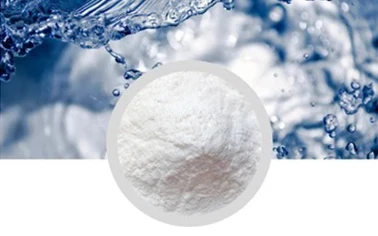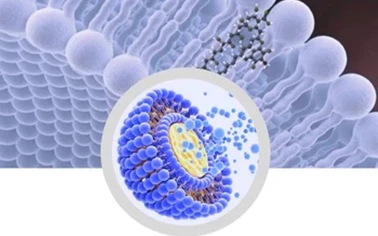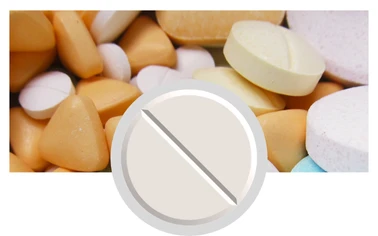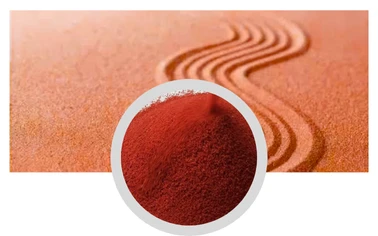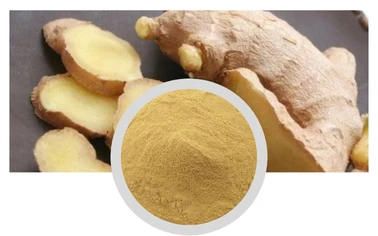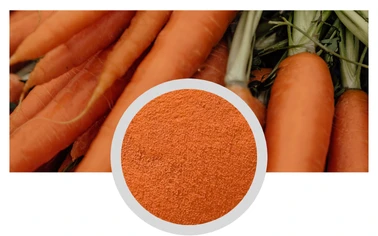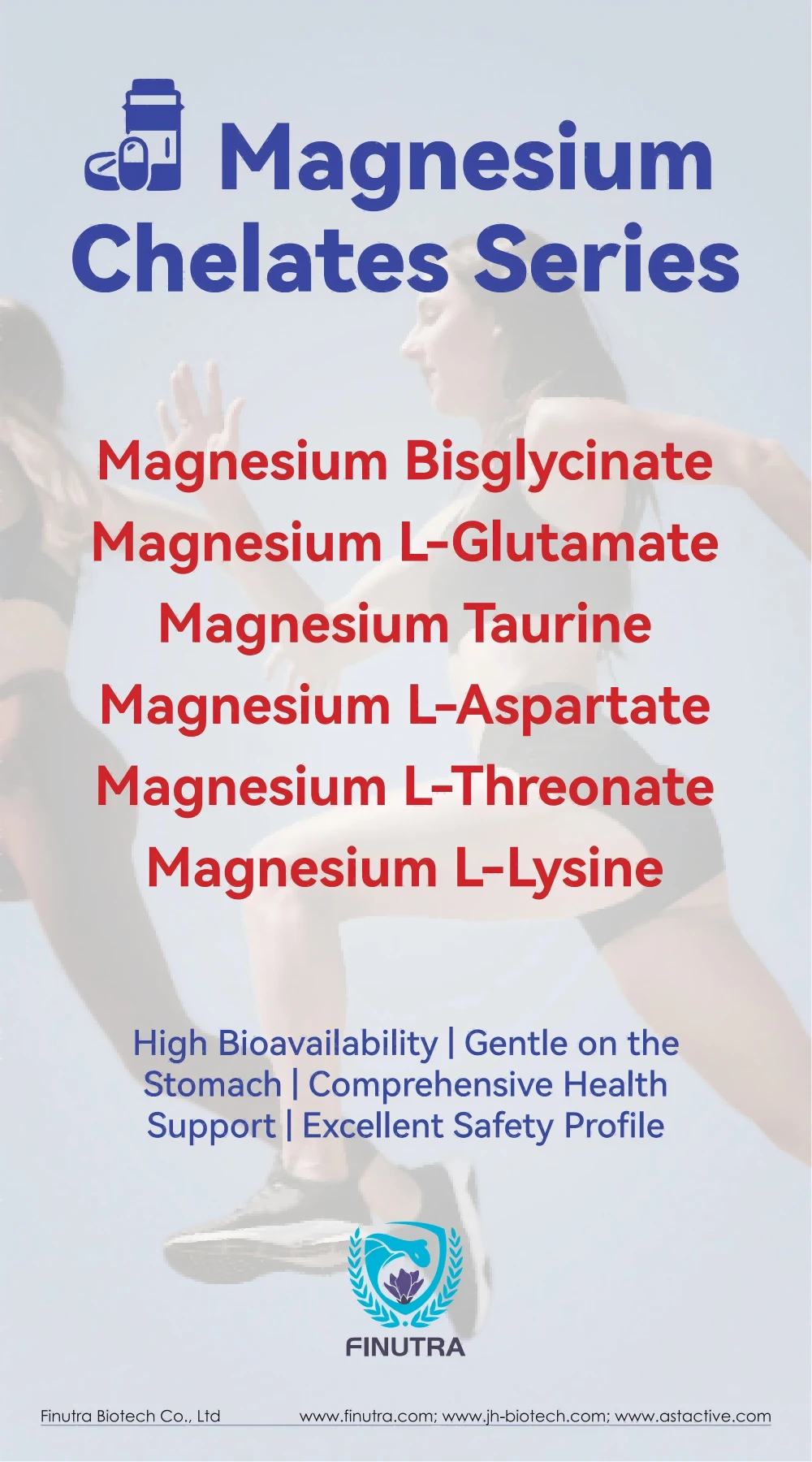Microencapsulation is a technology that encapsulates solid, liquid, or gaseous active ingredients in small capsules, whose walls are typically composed of natural or synthetic polymer materials. This technology is widely used in fields such as food, medicine, cosmetics, and agriculture, which can significantly improve the stability, functionality, and user experience of products, thereby achieving differentiated competition and increasing product added value.
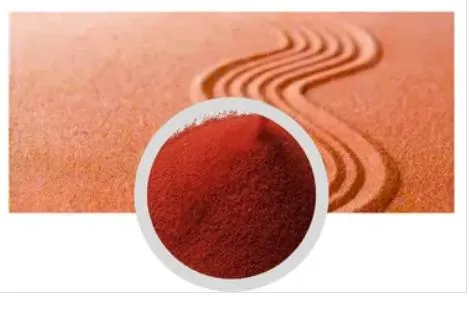
Microencapsulation protects active ingredients and extends product lifespan
Many functional ingredients, such as vitamins, probiotics, essential oils, etc., are susceptible to degradation and failure due to the effects of light, oxygen, humidity, or pH. Micro encapsulated technology can form a physical barrier, isolating the external environment and ensuring the stability of active ingredients during storage, transportation, and use. For example, Microencapsulation vitamins can withstand high temperatures in food processing, while Microencapsulation fish oil can mask fishy odors and prevent oxidative rancidity. This protective effect not only extends the shelf life of the product, but also reduces the quality decline caused by ingredient failure, thereby enhancing consumer trust and brand value.
Microencapsulation controls release and optimizes product efficacy
Microencapsulated products can achieve sustained release, targeted release, or environmentally responsive release of active ingredients by adjusting the thickness and properties of capsule wall materials such as gelatin, cellulose, lipids, etc. In the field of medicine, microencapsulation drugs can reduce medication frequency, improve efficacy, and reduce side effects; In agriculture, burying pesticides or fertilizers can achieve slow release, reduce environmental pollution, and improve utilization efficiency. This precise controlled release capability distinguishes the product from traditional dosage forms in terms of functionality, creating technical barriers and premium space.
Microencapsulation masks negative features and enhances user experience
Many active ingredients have bitter taste, pungent odor or color issues, which affect consumer acceptance. For example, iron supplements in certain health products can easily cause a metallic taste, while cell microencapsulation can completely seal the taste and improve palatability. In cosmetics, Microencapsulation retinol can reduce skin irritation while enhancing permeability. This optimization significantly enhances the user experience of the product, making it stand out in the competition among its peers.
Microencapsulation enhances product innovation and brand differentiation
The centrifugal extrusion microencapsulation technology provides more possibilities for product design. For example, the food industry can develop "bursting bead" flavored beverages through colored microcapsules, while skincare products can use Microencapsulation essential oils to achieve a "touch release" ritual feeling. This innovation not only attracts consumer attention, but also shapes a high-end, technological brand image. In addition, companies can establish technological advantages through patented microencapsulation processes to avoid homogeneous competition.
Microencapsulation enhances economic value and market competitiveness
Although Microencapsulation technology may increase production costs, the stability, functionality, and user experience improvements it brings can significantly increase prices and market acceptance. For example, the price of Microencapsulation probiotic products is usually higher than that of regular formulations, while slow-release fertilizers are more favored by farmers due to their high efficiency. Therefore, this technology can not only meet the demands of the high-end market, but also help enterprises explore new application scenarios, such as functional food, intelligent packaging, etc.
Microencapsulation technology effectively achieves product differentiation and significantly enhances its market value by protecting active ingredients, precise controlled release, improving sensory characteristics, and promoting innovation. With the advancement of materials science and process technology, Microencapsulation will play a key role in more fields and become an important strategy for enterprises to break through competition and occupy the high-end market.
Microencapsulation FAQs
What is Microencapsulation Technology? What are its core advantages?
Microencapsulation refers to the technology of encapsulating solid, liquid, or gaseous active ingredients in a protective shell at the micrometer level (11000 μ m). Its core advantages include:
Protect sensitive ingredients (such as vitamin C, probiotics) from damage caused by light, oxygen, humidity, or high temperatures;
Controlled release (sustained release, targeted release, or pH/temperature responsive release);
Covering up unpleasant odors or flavors (such as fish oil, traditional Chinese medicine extracts);
Improve ingredient stability and extend product shelf life.
Application case:
Food: Microencapsulation probiotics (acid resistant, direct to the intestine);
Cosmetics: package retinol (reducing irritation, slow release);
Medicine: Targeted drug delivery (such as anti-cancer drug microcapsules).
How to achieve product differentiation through Microencapsulation?
By customizing the material, size, and release mechanism of microcapsules:
Material differences:
Natural wall materials (gelatin, chitosan) are suitable for health claim products;
Synthetic polymers (PLGA, acrylic resin) are used for precise controlled release.
Functional differentiation:
Colorful microcapsules (such as bursting bead skincare products, visual innovation);
Multiple packaging (such as a "core-shell" structure, releasing active substances in stages).
Interactive experience:
Touch release (such as antibacterial microcapsules in hand sanitizer, which rupture after friction);
Heat release (such as the peppermint microcapsule in the facial mask, which dissolves in case of body temperature).
Case: A certain toothpaste brand added "whitening microcapsules", which burst and released peroxides during brushing, claiming to "instantly brighten white".
How does Microencapsulation enhance product value?
Extend the efficacy of active ingredients: for example, after microencapsulation, sunscreen is water-resistant, achieving the claim of "all day protection";
Reduce usage costs: Slow release technology reduces the amount of active ingredients added (such as a 30% reduction in dosage after pesticide microencapsulation);
Create high premium selling points:
Luxury perfume: microcapsule fragrance retention technology (fragrance lasts for 12 hours);
High end skin care products: targeted delivery of anti-aging ingredients to the dermis.
Data support: The premium of Microencapsulation skincare products in the market can reach 23 times that of regular products (according to Euromonitor data).
What technical challenges does Microencapsulation face? How to solve it?
Challenge 1: Wall Material Selection - Balancing Protection and Release.
Solution:
Use shading wall materials (such as titanium dioxide coating) for photosensitive components;
PH sensitive polymers for enteric release (such as Eudragit) ®)。
Challenge 2: large-scale production - traditional spray drying efficiency is low.
Solution:
Adopting microfluidic technology (uniform particle size,>90% encapsulation efficiency);
Electrospinning method (nano scale microcapsules).
Challenge 3: Cost Control - High end wall materials (such as PLGA) have high prices.
Solution:
Mixed wall materials (such as Arabic gum+maltodextrin to reduce costs);
Optimize process parameters (such as reducing energy consumption of spray drying).
What are the future trends of Microencapsulation technology?
Intelligent release:
Biosensor microcapsules: release drugs based on skin pH or inflammatory signals;
Light responsive microcapsules: release sunscreen ingredients after exposure to ultraviolet radiation.
Sustainable development:
Degradable wall materials: such as sodium alginate and polylactic acid (PLA);
Solvent free process: Supercritical fluid technology (using CO ₂ as the medium).
Cross border integration:
Food and medicine: oral vaccine microcapsules (such as the flu vaccine candy developed by Novartis);
Cosmetics electronics: Microencapsulation conductive polymer (smart patch for monitoring skin condition).
Post time:Aug - 19 - 2025



